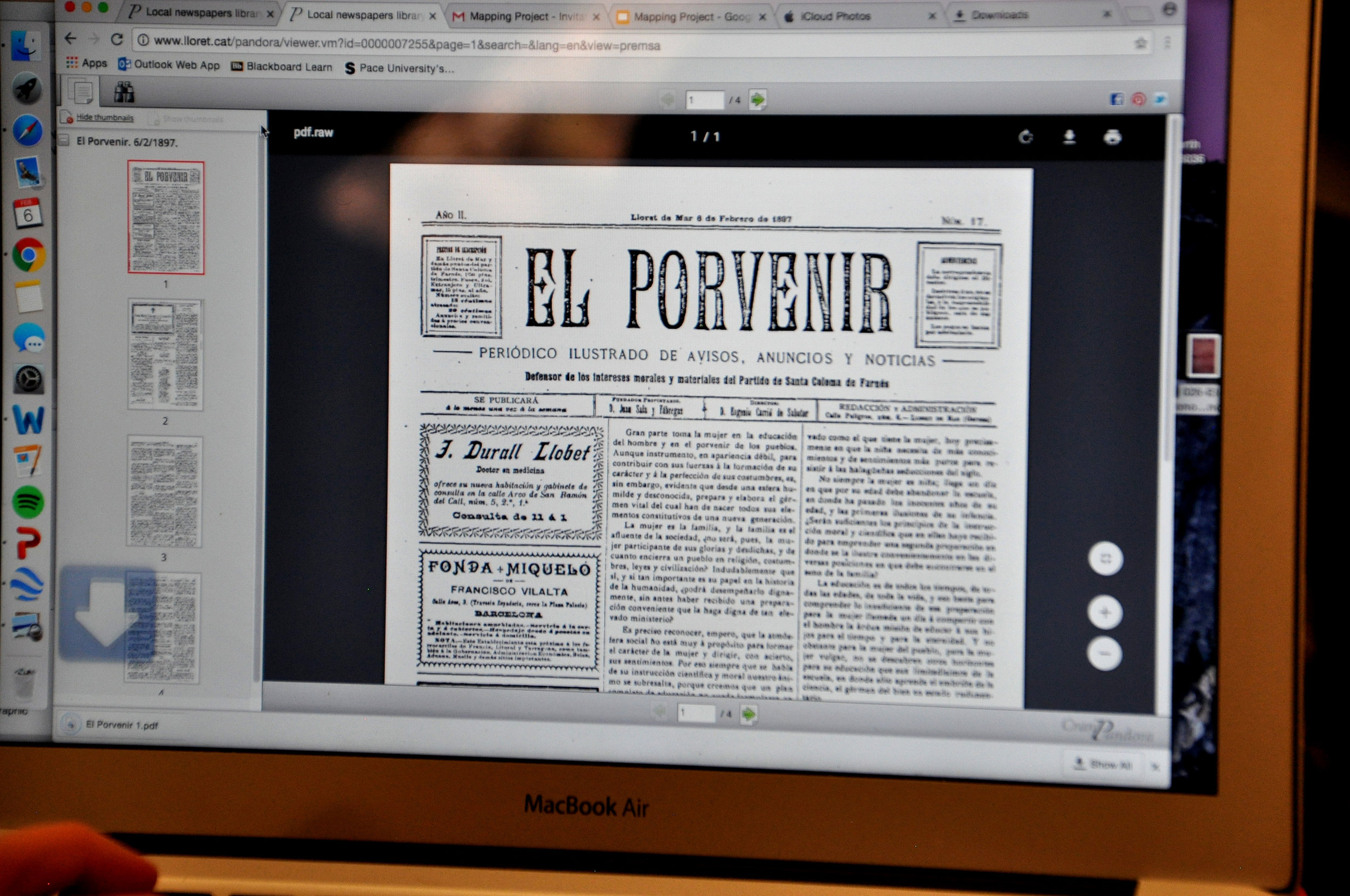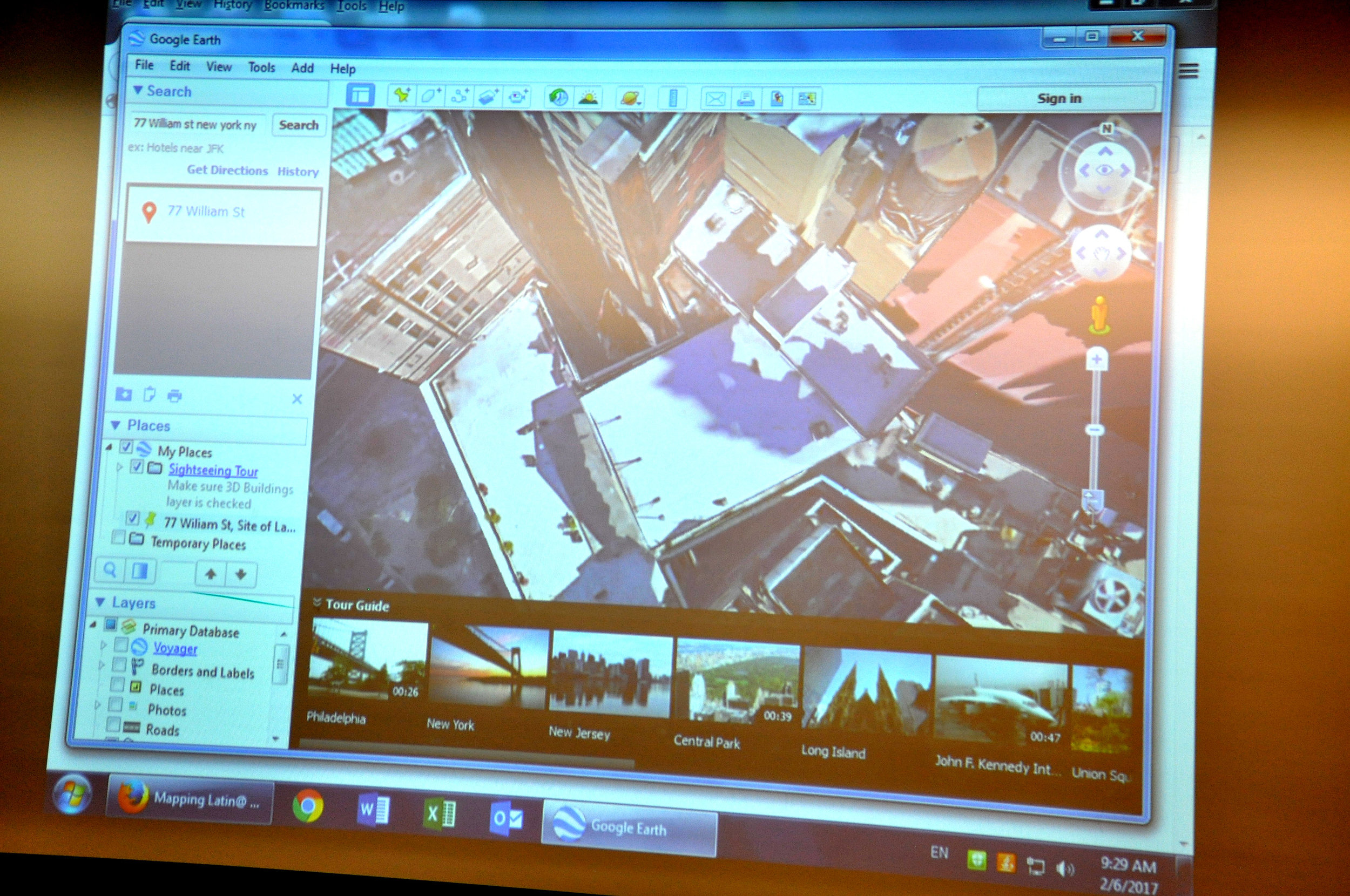Latinx DH Pedagogy
In recent decades, scholars of the nineteenth-century and earlier origins of Latinx writing and intellectual culture in the United States have recuperated lost voices and broken out of disciplinary formations to find new patterns and possibilities. We seek to extend this work into the classroom, in order to make Latinx history not just knowable but also teachable in new ways. Through mapping, visualization, and other digital methods, an emerging digital humanities pedagogy is turning history into something that students can learn through the process of its making.
Project
Mapping New York City's Nineteenth-Century Latina/o Press
How do you study a history that's been lost?...
In the nineteenth century, New York City's Latina/o publishing community was centered in the neighborhood that surrounds Pace University. The activities of the popular English-language press in the same neighborhood--especially on Newspaper Row--are well known. But the Latina/o press that once resided there is only known to us in fragments--or through the lens of its most famous members, particularly José Martí.
To recover the history of New York City's nineteenth-century Latina/o press, students in Pace University's LIT 211J American Voices course have been locating the forgotten sites of the publications that once resided there and beginning to re-imagine the ways in which writers and editors of the city's Spanish- and English-languages publishing communities might have interacted with each other.








